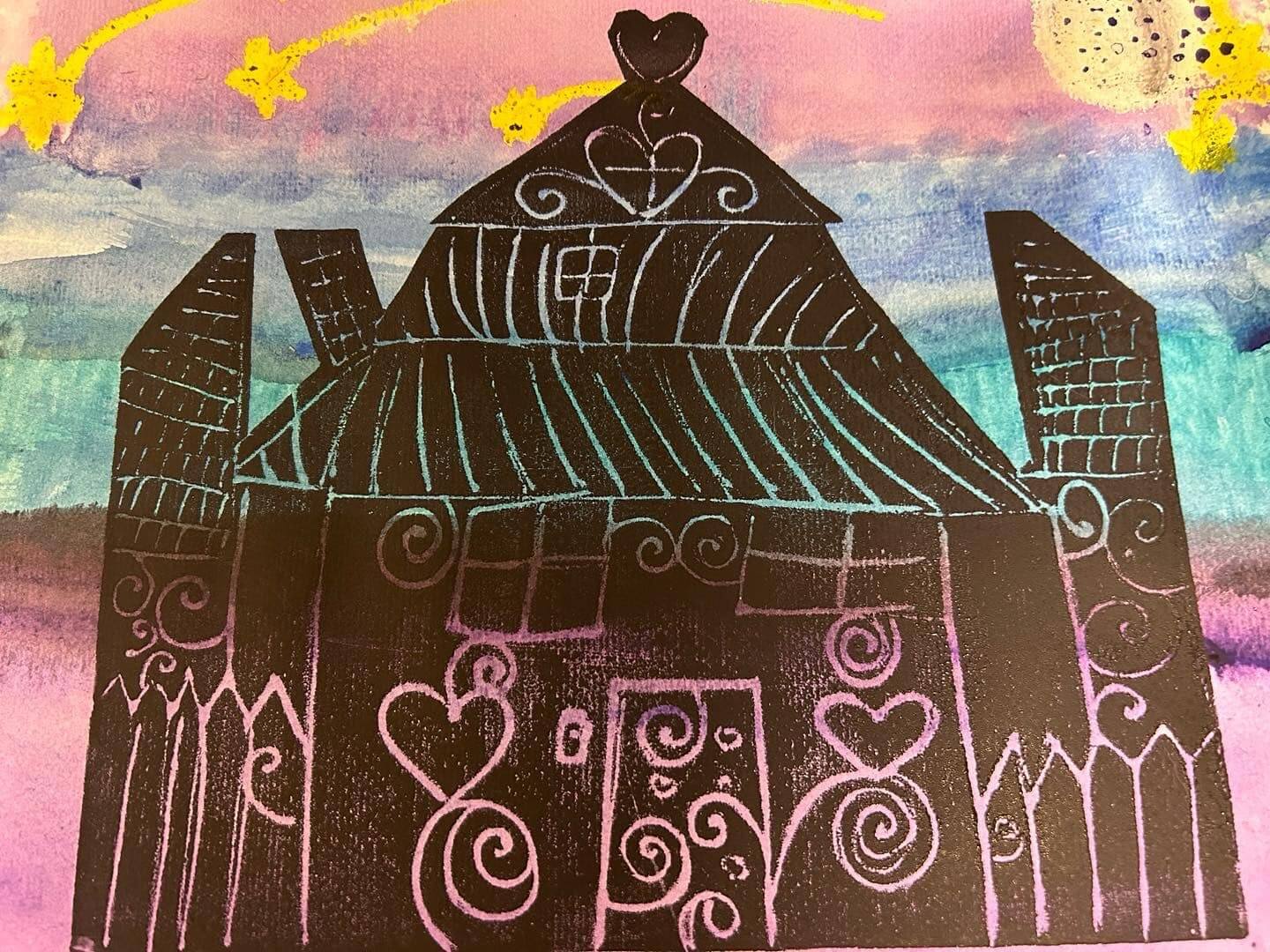
Young Artists in the Spotlight: Allie Kazan and the Magic Mansion
Check out this artwork by students at Orange County Academy......
Learn MoreOrlando Family Stage
The Finest in Family Theater
10/1/2021
Samantha Reser
Gaining STEAM: Arts in Education
There are several ways to incorporate arts into education – individual fine arts classes, arts integration, and STEAM, to name a few. Each format benefits students of varying ages. Orlando REP’s Education team takes a look at the different ways that “A” fits in “STEAM.”
With the Tech Boom of the 1990s, we saw a push for subjects that were underrepresented in schools, but seen as necessary life and career skills. This included: Science, Technology, Engineering, and Mathematics. Soon, educators realized something missing – the innovation and creativity to implement these skills in real-life situations. Thus, the argument for changing STEM to STEAM was born (Catterall).
The “A” – “arts” – represents several art forms, including liberal arts, language arts, social studies, physical arts, and fine arts. While arts integration is defined as connecting one art form and a specific topic to meet evolving objects in both, STEAM is often understood as more flexible and focused on real-life situations. Read on to discover five important examples of how the Arts fit into STEAM!
Rather than segmenting different subjects into learning at different times of the school day, STEAM strives to connect different subjects to one another, as one might see them in the real world. One might use the arts to create a diorama, or a mixed-media art installation, or even write and perform a play to explore the life of a rare animal (Makeblock).
Great minds may think alike, but no two brains are exactly the same. Using an artist approach to explore new subjects can engage students who may have no interest reading from a textbook or watching a YouTube video. Instead, they might benefit from getting up on their feet and acting out the different ways solid, liquid, and gaseous elements could move. The arts can be used as a different entry point to a curricular goal, which might enhance focus and dedication. Studies have found that, when incorporating arts, students feel ownership over their creations, empowerment over their learning, and stronger self-regulation in all of their classes, not just the class in which they are learning arts (What is Arts Integration: An Educator’s Guide).
Arts provide unique exercises and inspire necessary creative processes for problem solving. Arts also allow opportunity for students to formulate their own opinions, rather than settling on one correct answer. According to Joyce Huser, when learning through the arts, students “believe they are expected to think about their own views when learning new things more in an arts class than in a non-arts class” (Huser, 2020).
When we make discoveries, or have brilliant ideas, as students often do, we share them with the world. It’s important to make our presentations engaging and interesting for our audiences – our classmates, our teachers, our parents; our coworkers, our blog followers, you name it! Presenting new information creatively gives us the same benefits that students get when learning creatively. It garners the same access to entry and buy-in as stated early (Huser, 2020).
The Arts Education Partnership compiled 62 studies which revealed a higher proficiency in reading, writing, math, and cognitive development, all when connected to learning music. Visual arts help students organize writing; arts help students interpret difficult texts, like in science class. Numbers show that students who are involved in the arts also score higher on standardized tests. The numbers:
Along with achievement, students who learn using the arts are more likely to have higher attendance rates and have fewer behavioral concerns. Given the opportunity to be creative, students truly do want to learn, stay engaged, and have pride over their work (Chen).
Including the “A” in STEAM is a relatively new movement †- only official since 2013 – but we as artists and teachers hope to see the movement continue to grow across America to support an intelligent, well-rounded, critically thinking next generation.
See the many ways Orlando Family Stage can help you can incorporate the Arts in your classroom here!
Citations
Chen, Grace (2020) “How the Arts Benefit Your Children Academically and Behaviorally.” Public School Review. Available at: https://www.publicschoolreview.com/blog/how-the-arts-benefit-your-children-academically-and-behaviorally?fbclid=IwAR1yySfFQS-xkKarPAUYg49iSJI0EZgF4ohuxXwJpugWQt1iA0UCMju0MD8
Huser, Joyce et al (2020) “STEAM and the Role of the Arts in STEM.” New York: State Education Agency Directors of Arts Education.
Makeblock (2020) “STEM to STEAM: The ‘Arts’ and Its Importance in STEM Education.” Makeblock.com. Available at: https://www.makeblock.com/official-blog/218830.html
N.A. (n.d.) “What is Arts Integration: An Educators Guide.” Institute for Arts Integration and STEAM. Available at: https://artsintegration.com/what-is-arts-integration-in-schools/
Additional Resources:
Catterall, Lisa G. (2017) “A Brief History of STEM and STEAM from an Inadvertent Insider,” The STEAM Journal: Vol. 3: Iss. 1, Article 5. DOI: 10.5642/steam.20170301.05 Available at: http://scholarship.claremont.edu/steam/vol3/iss1/5
Gunn, Jennifer (2020) “The Evolution of STEM and STEAM in the U.S.” Resilient Educator. Available at: https://resilienteducator.com/classroom-resources/evolution-of-stem-and-steam-in-the-united-states/
Don't miss out on the magic. Grab your tickets now and
make unforgettable memories at Orlando Family Stage!